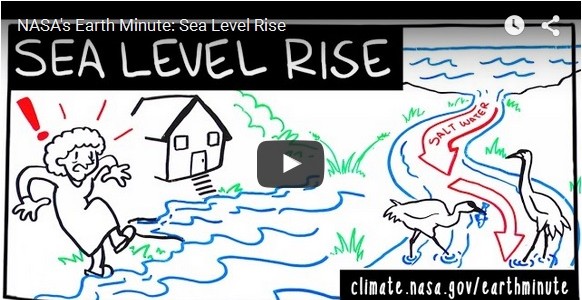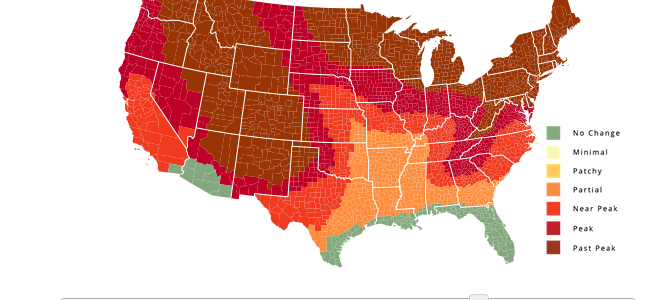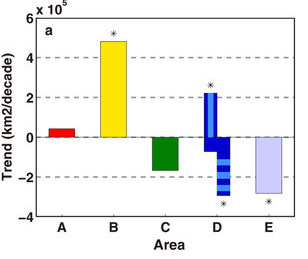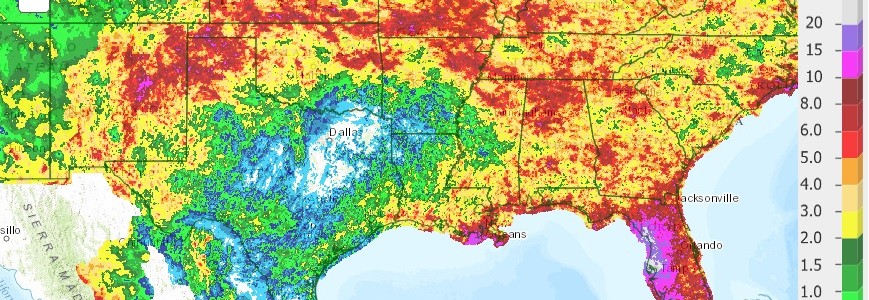Climate science
-

The State Climate Office of North Carolina has a new blog post on the biggest hurricanes to hit their state. You can find it at https://climate.ncsu.edu/climateblog?id=153&h=5666e5c1.
-

How do we know what the climate was like centuries ago? Climatologists use “proxy data” to determine the past climates. Records like tree rings show changes from year to year in growth patterns that are related to the climate in which the rings form, and the scientists can combine this with other information to see…
-

NASA has an excellent 1-minute video on how rising temperatures are linked to rises in sea level. You can view it at the link here.
-

Now that it is September, people are starting to think about fall. I frequently get asked when the peak color is going to occur. Of course, conditions vary from year to year depending on the climate conditions each year, but there are a few sites that have really useful information to address this question. The…
-

A new study published in Nature magazine shows that dry climates across the world have increased. They note that “About 5.7% of the global total land area has shifted toward warmer and drier climate types from 1950–2010, and significant changes include expansion of arid and high-latitude continental climate zones, shrinkage in polar and midlatitude continental…
-

Earlier today I wrote about the difficulty that hurricane forecasters were having in making a good forecast on where Erika is going. Here’s a little more information to show you just how tough it can be. Hurricane forecasters, like weather forecasters and climate modelers, use a variety of computer models to simulate what the future…
-

USA Today published an article yesterday looking at the “flash” drought that is currently occurring in the southern US. If you’ve never heard of the term “flash drought”, then you should know this is a term climatologists use for a drought which comes on very quickly and shows almost immediate impacts to crops and livestock.…